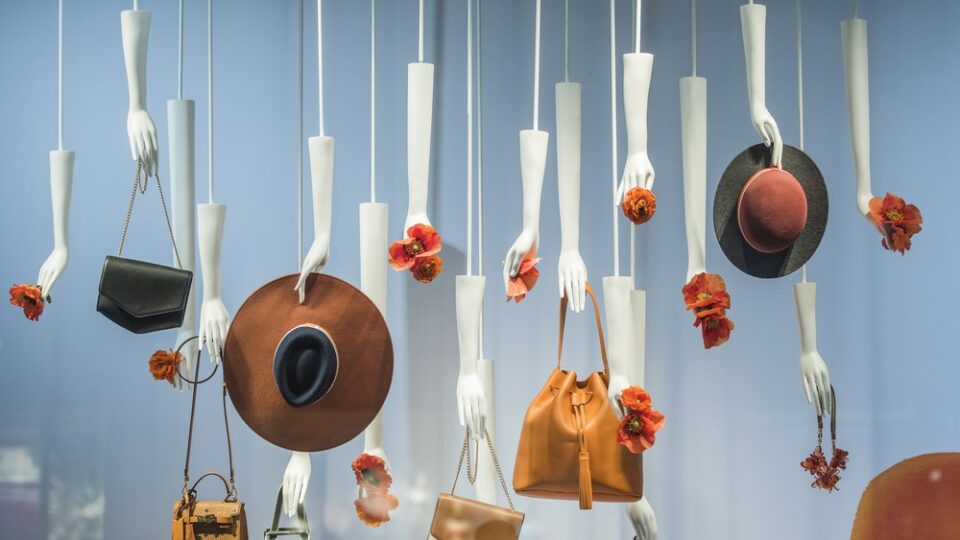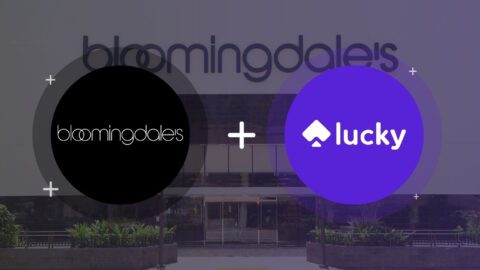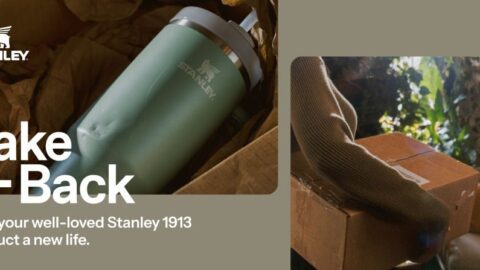Consumers’ appetite for immersive experiences has only grown larger in the wake of the pandemic, which means brands and retailers are rethinking the role of physical spaces —in particular the unique value that brick-and-mortar stores add to consumers’ lives.
With retailtainment, products are part of the experience, but they are not the focus. Instead, the top priority is to create an environment that allows visitors to more intimately engage with the brand or brands hosting the experience, and all the details (big and small) that activate the senses play their parts.
“The intersections between where we eat, work, live and shop are where the magic of an experience unfolds and where we can truly elevate the experience of customers through meaningful engagement and entertainment,” said James Farnell, Partner and Retail Practice Leader at Little. “Integrative design methodologies help our trans-disciplinary teams embrace these concepts and move us ever-closer to meeting our clients’ goals.”
Farnell noted that retailtainment can be found across the spectrum of retail, including:
- Dining experiences: Consumers now demand more “multi-sensational restaurant experiences,” according to Farnell, which means high-end concepts bringing music, artistry and curated culinary experiences together to create a journey that is extremely difficult to replicate.
- Exhibition: Digital and immersive concepts like ARTECHOUSE, the Van Gogh Exhibition in Paris or Borderless by TeamLab in Tokyo use highly sophisticated AR and VR capabilities that allow guests to interact with installations in a highly personal way.
- Social food and beverage venues: In these spaces, entertainment meets the bar scene with sophisticated tech integrations. Examples include Putt Shack & Flight Club by State of Play as well as Electric Gamebox, which touts an interactive digital room featuring projection mapping, touch screens, motion tracking and surround sound to create an immersive adventure.
In a recent interview, Farnell shared his insights and recommendations to help brands and merchants embrace the retailtainment revolution:
Retail TouchPoints (RTP): How would you define retailtainment?
James Farnell: The term ‘retailtainment’ aims to describe the intersection of entertainment and retail, where the customer is engaged in a meaningful activity that delivers a memorable experience.
It’s more than offering a product or a service; it’s about setting the stage for customers to engage with your brand to build trust and create moments that deepen relationships. While there are many examples of new brands emerging to capitalize on this specifically in the food and beverage sector, the principles of retailtainment can be applied to multiple sectors as well as store sizes.
Retailtainment elevates retail from a passive, functionary role (commodity, needs-driven replenishment that can mostly be achieved online) to an active, engaging experience where a two-way relationship is formed: customer to customer, customer to associate and directly with the brand.
RTP: How can traditional retail brands embrace this concept in a way that makes sense for their businesses?
Farnell: Entertainment can take many forms and engage any or all our senses. It can be educational for the traditional brand; in the case of Tod’s, the brand invited one of its Italian leather craftsmen into a store to demonstrate how to make one of its signature driving shoes. This interactive experience put the tools in the hands of customers so they could engage in the activity themselves and become more active participants.
Alternatively, it can take a more abstract form. For example, Korean eyewear brand Gentle Monster curated immersive art installations and spaces for customers to explore. Both of these brands set the stage for customers to have a very personal experience with the product and both seek to evoke an emotional reaction from the customer.
There is much to be learned by following your customer beyond the rituals they have established within your particular sector. Many retail brands have adopted customer service standards typically experienced in the hospitality industry, and healthcare companies are following suit by rethinking the customer experience and treating patients as guests. Conversely, hotels are looking to the retail industry for ways to rethink their real estate, and they are in turn commoditizing lobbies and delivering unique offerings to their guests.
RTP: Should brands and retailers attempt to stand these experiences up on their own, or is there value in bringing in partners?
Farnell: Many brands have successfully sought partners to collaborate with and there are several benefits of taking this approach, including: access to an expanded target audience, the ability to leverage the skillsets and resources of another brand, access to more data and metrics on customers, and increased overall sales.
Shinola successfully partnered with a well-known tattoo artist, Scott Campbell, for its downtown Los Angeles location. He occupied adjacent space and the brand regularly hosted events there. They collaborated on unique one-off product lines, including engraved leather goods that reflected the unique location and artistry of the brands. Shinola also partnered with an eatery called Di-Alba from New York to offer customers another gateway to the brand. Both companies benefitted from the convergent footfall through the relationship, yet each brand could remain true to their core offer.
RTP: Are there any specific formats or store concepts in which retailtainment works best?
Farnell: The pop-up phenomenon — a proven vehicle for emerging digitally native brands to dip their toes into retail waters — is increasingly becoming a preferred longer-term format. Pop-ups are hyper-flexible retail footprints that regularly adapt and evolve to keep customers entertained. As brands increasingly move toward more flexible, agile real estate strategies with smaller footprints, they have been enabled to experiment and get closer to their customers and deeper into their communities. Bloomie’s and Nordstrom Local are two great examples of this. I suspect the notion of the ‘pop-up’ will become woven into the practice of brick-and-mortar store design, and that it will become increasingly hard to distinguish the two.
RTP: What are the broader business benefits of embracing retailtainment models?
Farnell: As the retail store evolves from a place in which to sell products and services toward a space in which to experience the brand, it has become clear that the store remains an important part of the overall journey. It helps drive brand recognition, online sales and loyalty on the customer’s path to purchase. A physical presence allows you to not only engage the emotions of your customers but also interact with them and gain valuable feedback on your products. It can be a valuable testing ground in the heart of shopping communities, and by engaging with customers at social events, brands also can get deeper insights into their lifestyle behaviors and preferences.
RTP: How do you believe the rise of retailtainment will impact the broader world of store design and experience strategy?
Farnell: How could these elements of socialization, work, shopping, entertainment and experience converge to provide a more relevant experience that serves our needs today? Hudson’s Bay Company’s new urban social club SaksWorks aims to provide members everything they need on-site, virtually all day. It features flexible meeting and restaurant spaces, cafés and fitness studios in a highly stylized environment. Members will be able to have hair and beauty treatments on-site, a mid-afternoon stretch session or cocktails with friends at SaksWorks bar.
The idea behind this convergence of retail, hospitality and workplace focuses on different trends and innovations being brought together to provide something unique — whether that’s a service, space or curated product selection.
The thinking process behind this encourages you to embrace seemingly ‘opposite’ ideas and concepts to find overlaps between different categories that identify new design opportunities. This can be achieved by breaking down an experience into its elements, then reconstructing it with a better understanding of what’s involved and re-imagining it in a new context.
This hybrid approach to creating engaging, lifestyle-driven shopping environments will provide a much-needed antidote to the lackluster suburban malls of our existing neighborhoods. By rethinking our neighborhoods, we’ll encourage the community to re-engage with our existing real estate and local brands. It’s an opportunity to rethink our malls and retail centers to better serve the needs of tomorrow and provide more regenerative design solutions.















